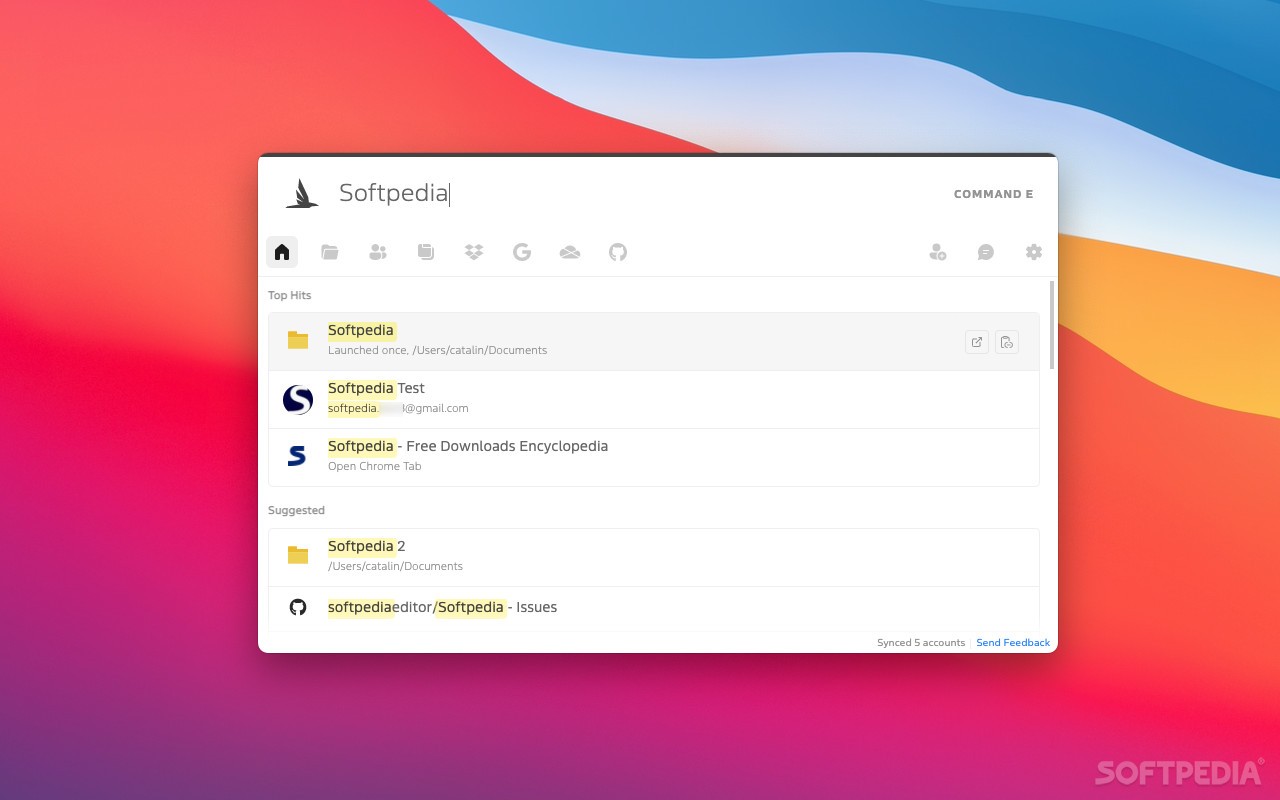


The second form replaces all the found instance whereas the first instance will replace only once. If you have worked with Vim previously, maybe you just want to refresh your memories by looking at this Vim cheat sheet: Vim Command. :%s /regexp to be used to find text/replacement string/ In Vim, search and replace can be done in Normal mode by typing: :s /regexp to be used to find text/replacement string/ Vim (that stands for Vi iMproved) is the main text editor available on the Linux Command Line Interface (CLI) to create and edit files. +1 applies the command to both the current line (.) and the next line (.+1).For the :e command, it will just say E481: No range allowed, but commands that take a range will use it, just as if you highlighted then in visual mode before typing the command. Whenever you hit ,W in normal mode, it will run the command :%s/\s\+$// Detour: Search and replace You are specifying a range to use with the command line, in this case you hit 2:e.The. In the above command, we’ve assigned a small macro that let’s you strip whitespace in your file. Some basic mappings to get you started: let mapleader = "," However, the popular choice for this key is the comma. On a default vim installation, the leader key is mapped to backslash \. Like Ctrl on a normal text- editor that let is run commands/shortcuts. The leader key in Vim is a sort of a meta-key. Easy to type and gets you off the Esc key habit pretty quick. I remapped Ctrl+e to act as the escape key. Vim comes with a default alternative mapping for the key: Ctrl+[. Change in the insert directives above to :echo "won't happen!, restart Vim and in your insert mode, hit an arrow key. Nnoremap is short for “Normal mode, no recursive map” and inoremap is for – Yep – “Insert mode, no recursive map”.

Wait! We didn’t use the echo thing like before. The muscle memory haunts again when you’re in insert mode. Nnoremap :echo "won't happen! Use the j key"

Nnoremap :echo "won't happen! Use the k key" Nnoremap :echo "won't happen! Use the l key" Drop these lines in your ~/.vimrc: nnoremap :echo "won't happen! Use the h key" This setting will make it really easy and help you un-learn this. However, habit is a bad thing and it is hard to give up muscle memory and retrain your brain. I often see many Vim users use arrow keys for navigation in the “Normal” mode. The macro can be either a set of commands or another key. The basic structure of a (re-)mapping is map. The best way to start using Vim today is to remap some keys (and disable some). 'Changed outside of Vim' means that the file that youre editing has been written to by another program. However, I forced myself to use it since I was fed up with IDEs at that point, which I used when I was coding PHP and I didn’t want to use one for Ruby. Here file is the filename that you want to open. You cannot exit Vim when you are in input mode. However, I was not really fluent in using it for more than two years. Basic Vim Commands used in Linux Shift +:efile Opens a file that you want to open. In order to exit Vim, you can exit while you are in either the ex mode or in the command mode. I’ve been using Vim for about two and a half years now and I use it for my daily coding and reading needs. This is not an introductory post and assumes that you’ve tried to use Vim (and probably failed). This is an introduction on some settings that made it really easy for me to use Vim on a daily basis. The status line shows you whether the file is or not, but as you undo, it gets overwritten with information about each undo, so you have to use Ctrl-G to re-display the file status. You can easily "overshoot" and then have to redo. Although Vim has enough undo depth that you can usually undo your way to back to the unmodified state, it's cumbersome. Which is to say, it's not necessary for the file to have changed behind Vim's back for this to be useful. One use for this is to throw away the changes you've made since the last save with :w and go back to the most recent saved version. Loading the current file from the file system is useful if you're following a log, or viewing a generated file that gets updated when you run :make and other situations. :e will load the latest version, and :e! will do that even if you have unsaved changes. "Changed outside of Vim" means that the file that you're editing has been written to by another program.


 0 kommentar(er)
0 kommentar(er)
